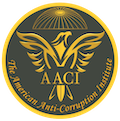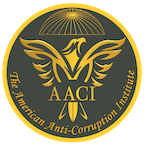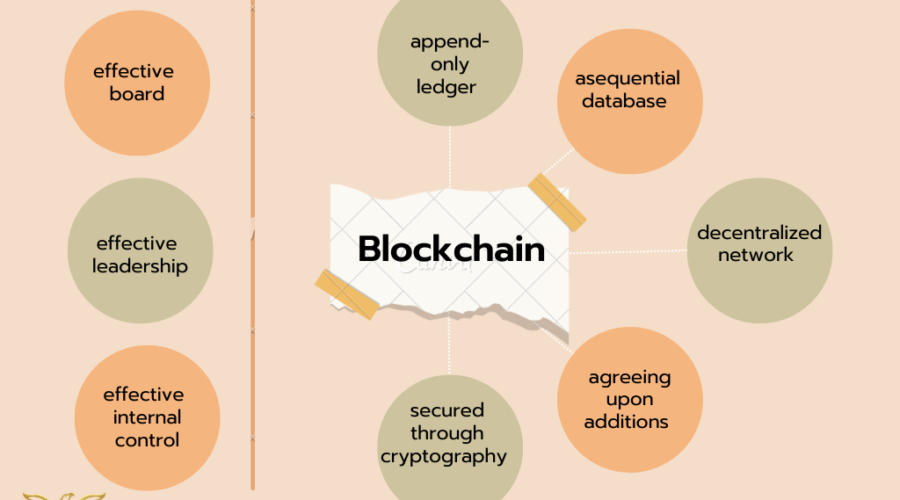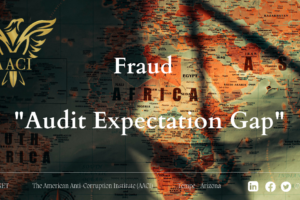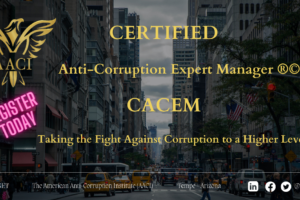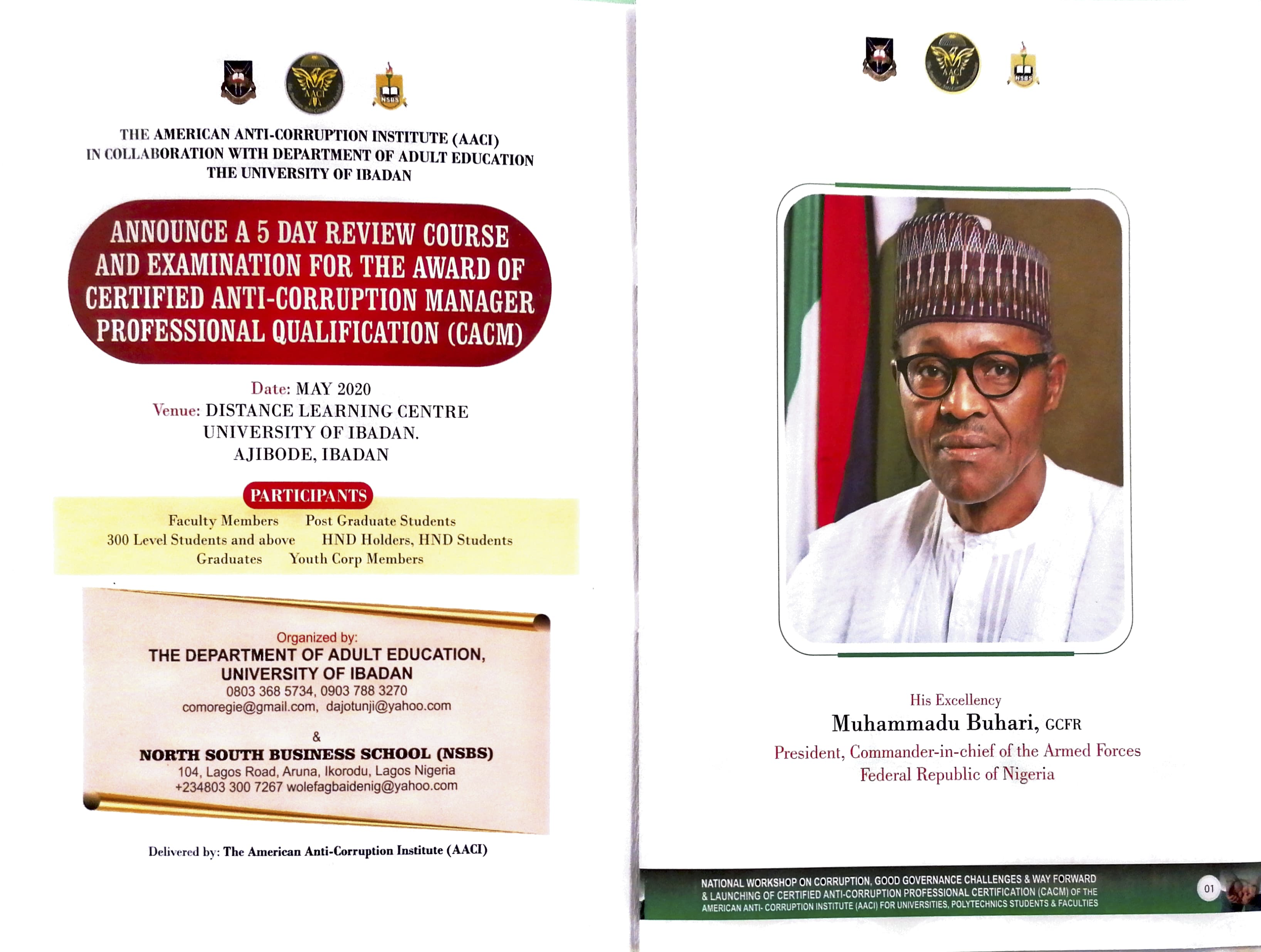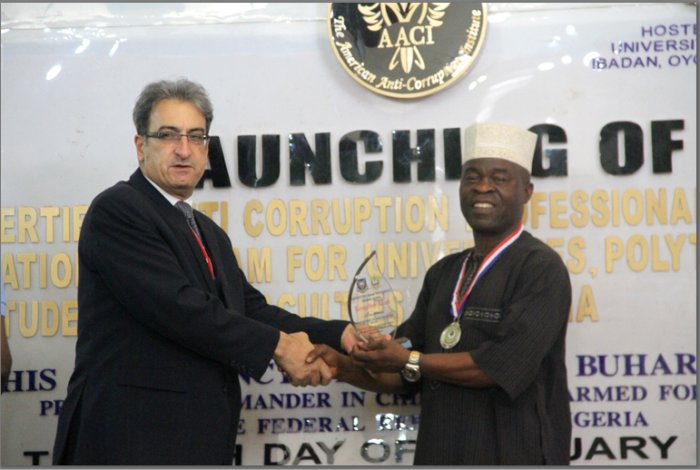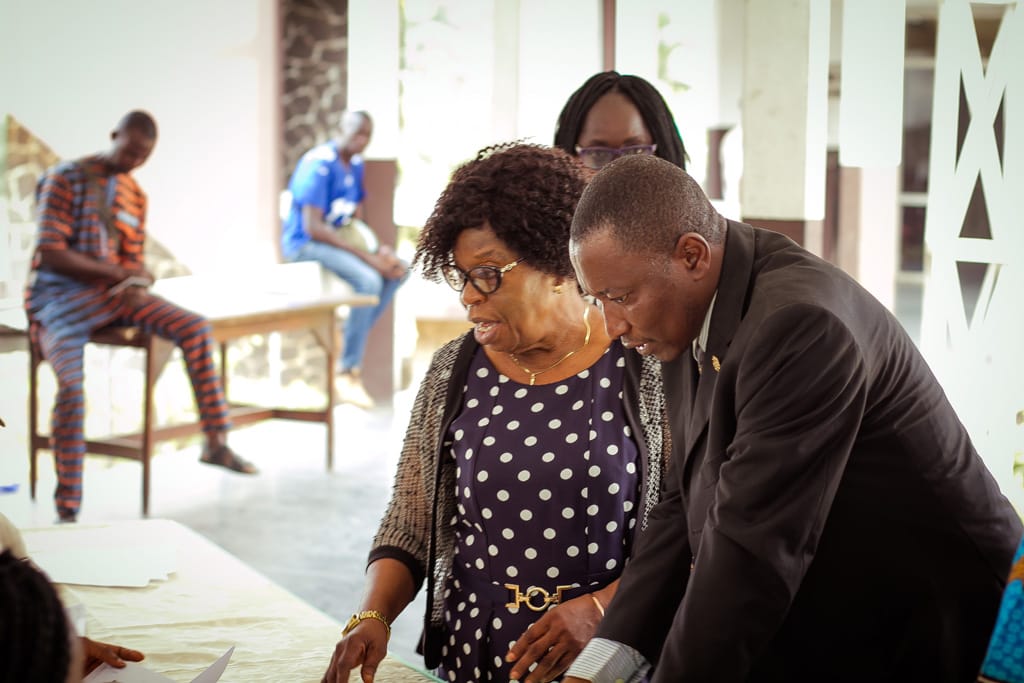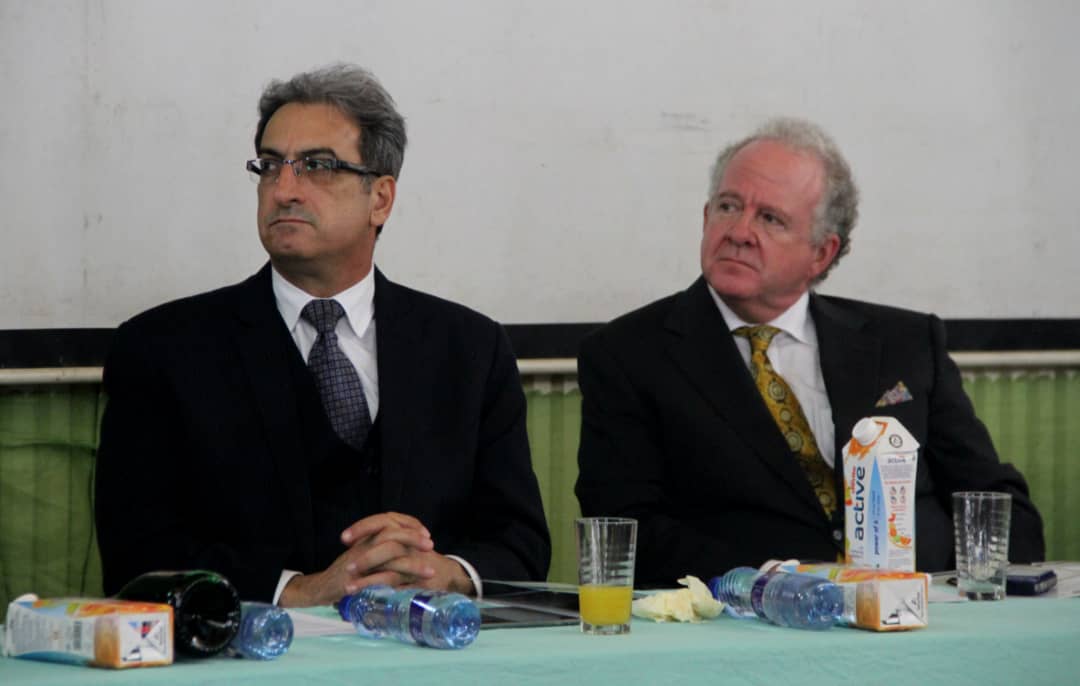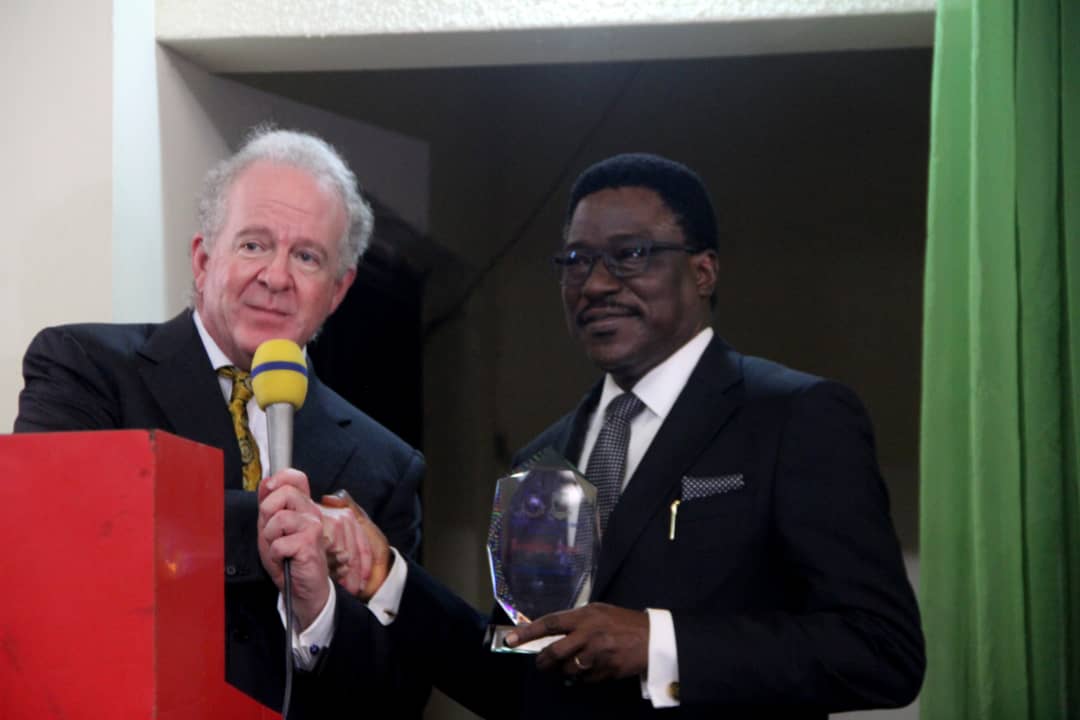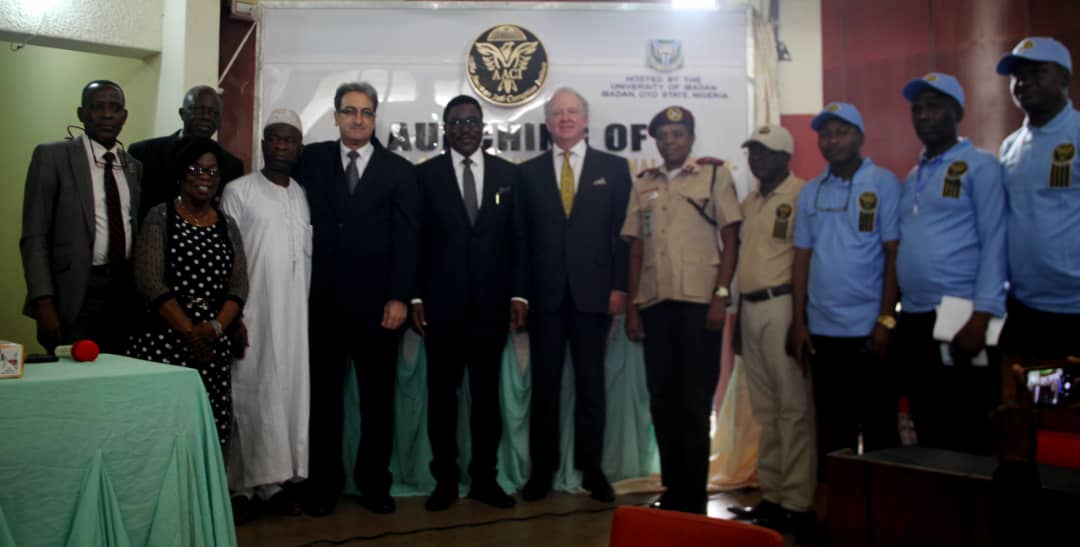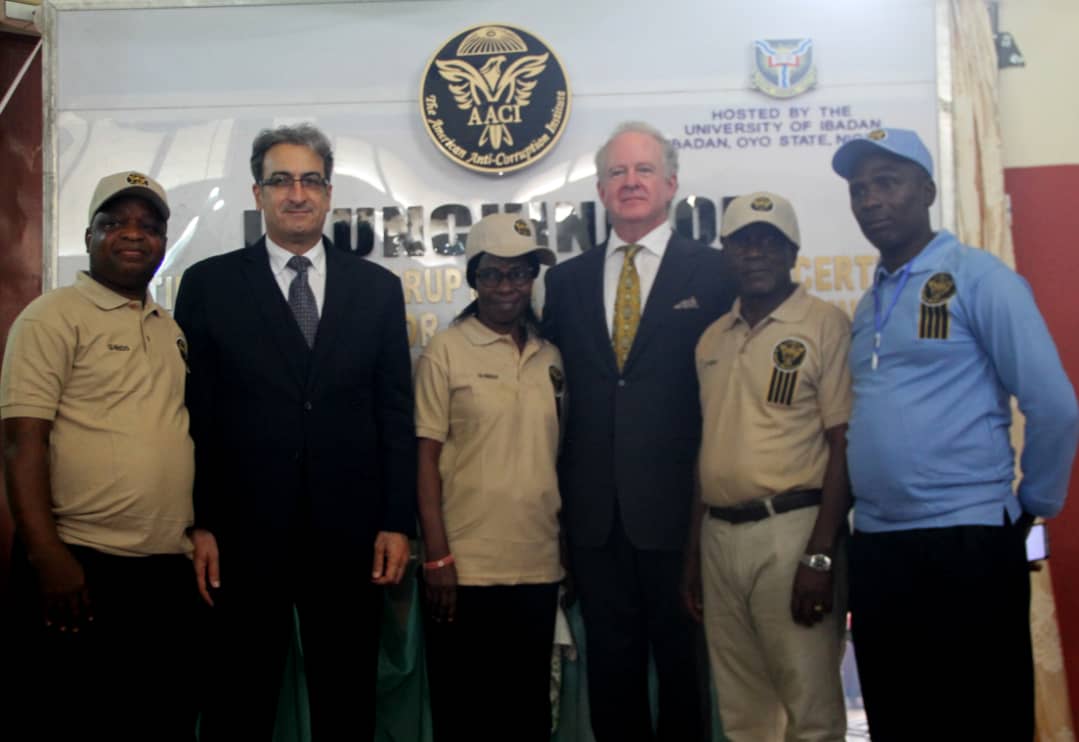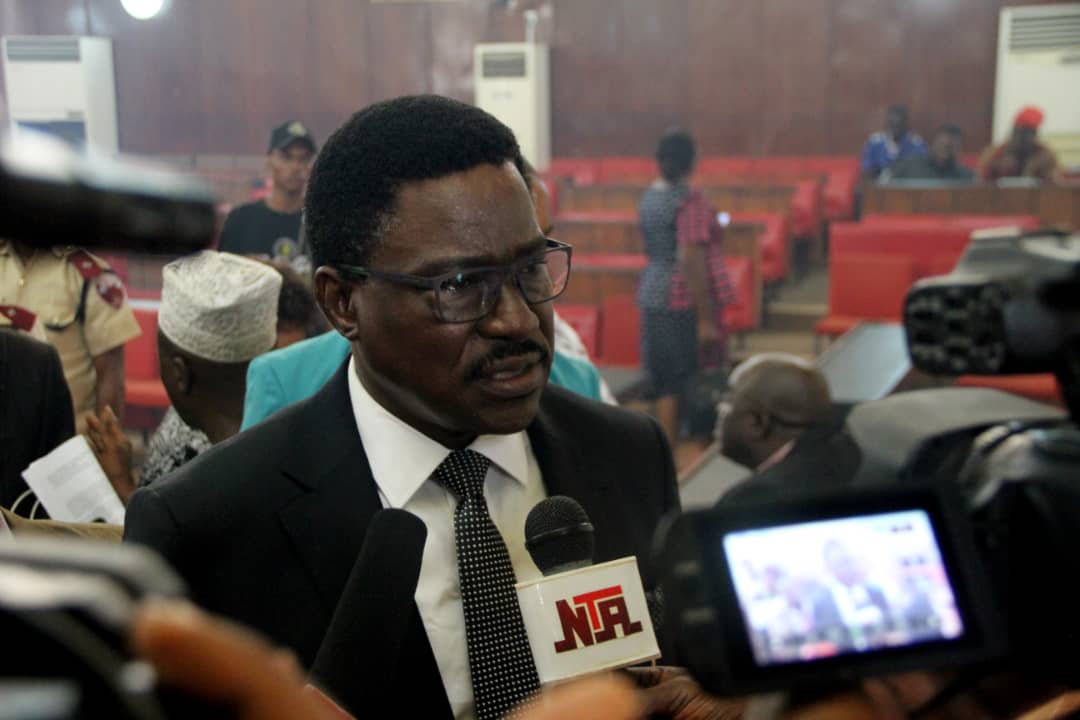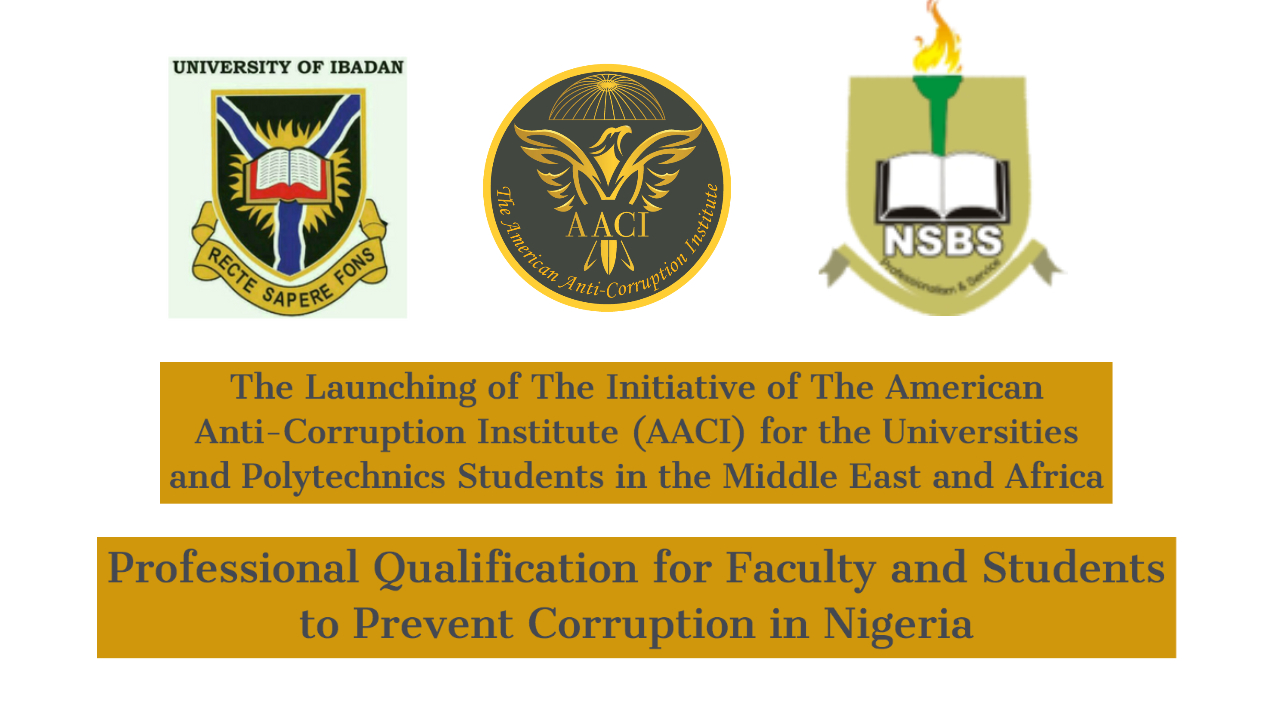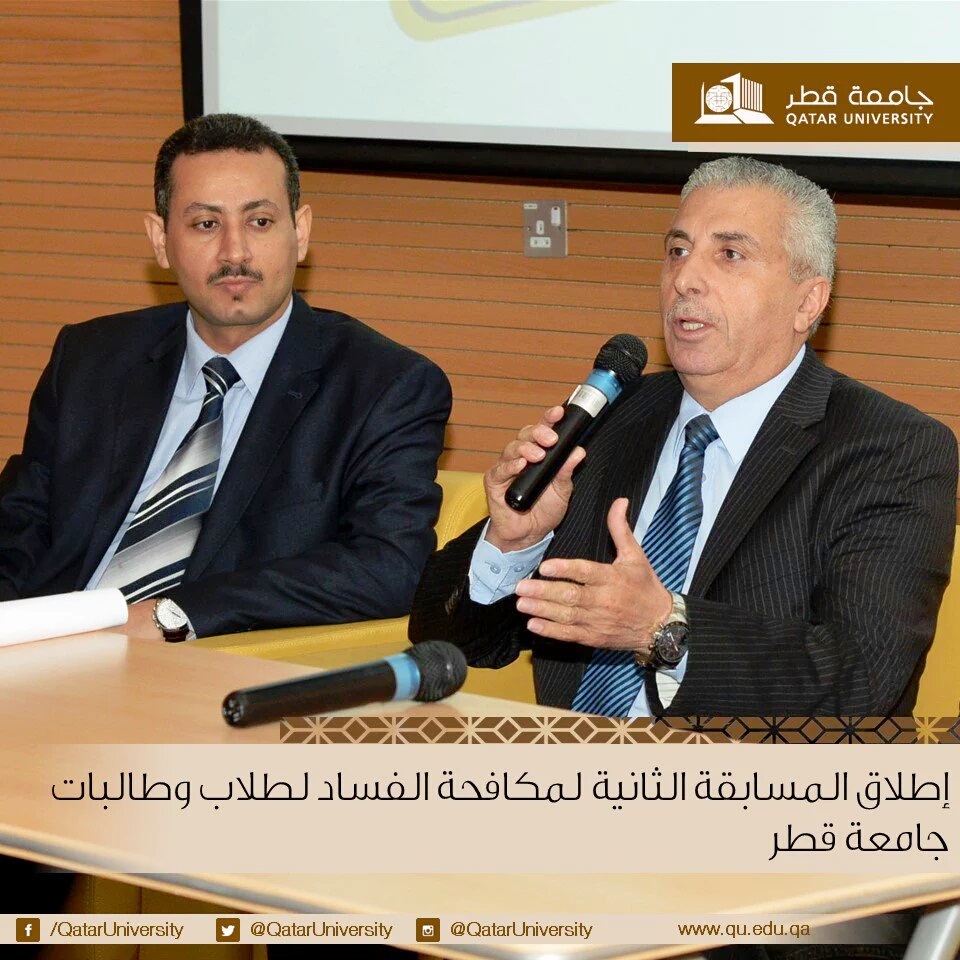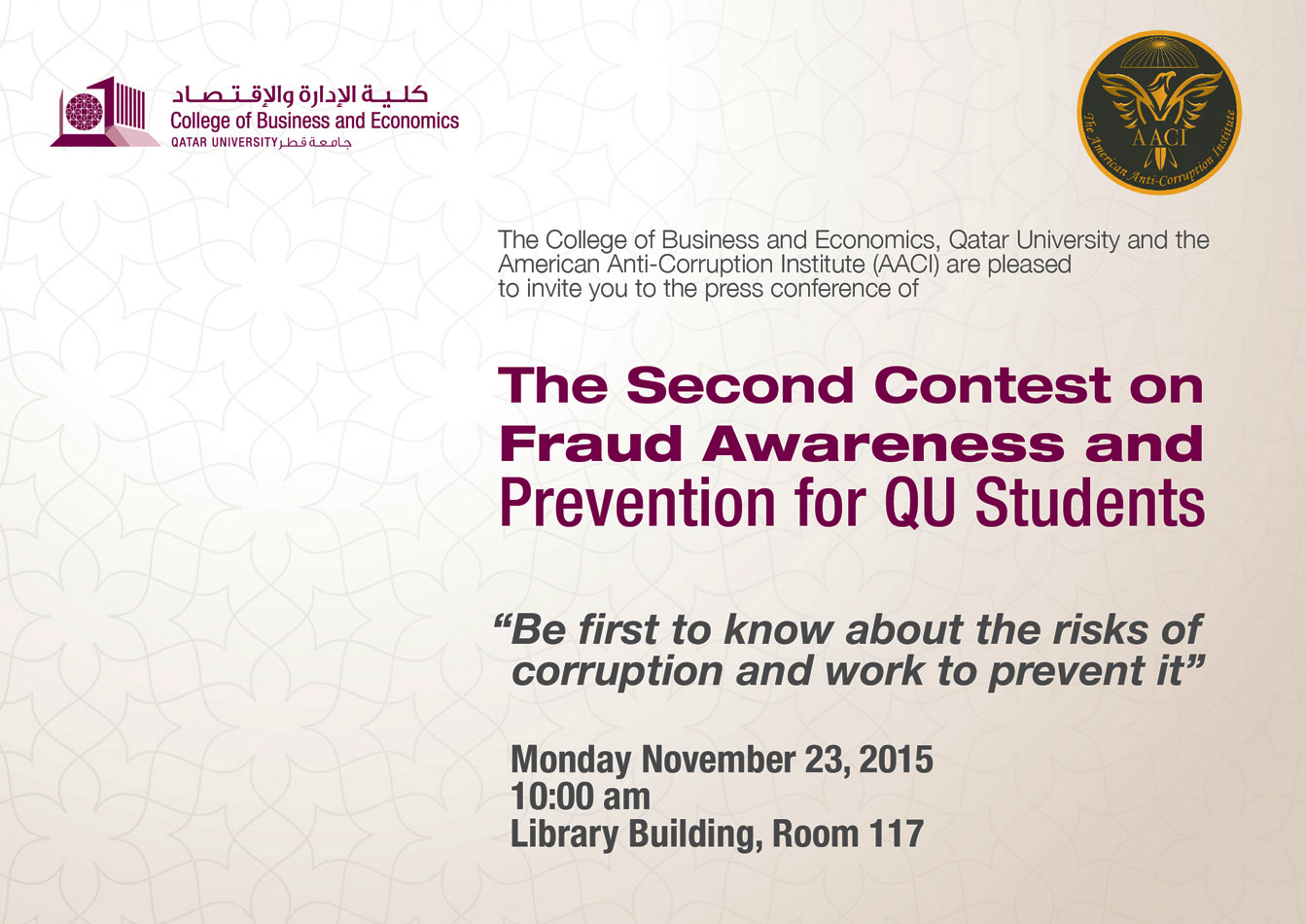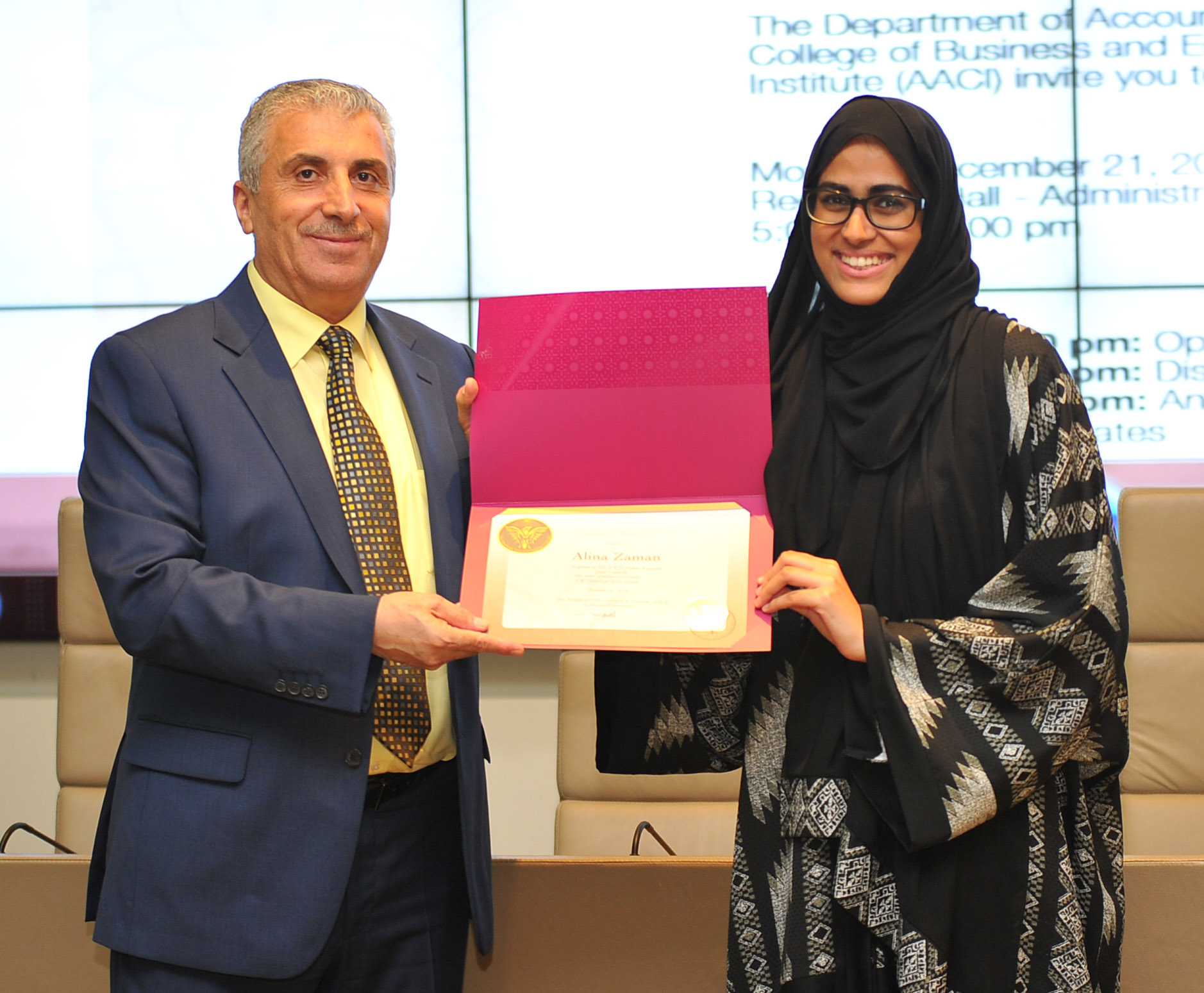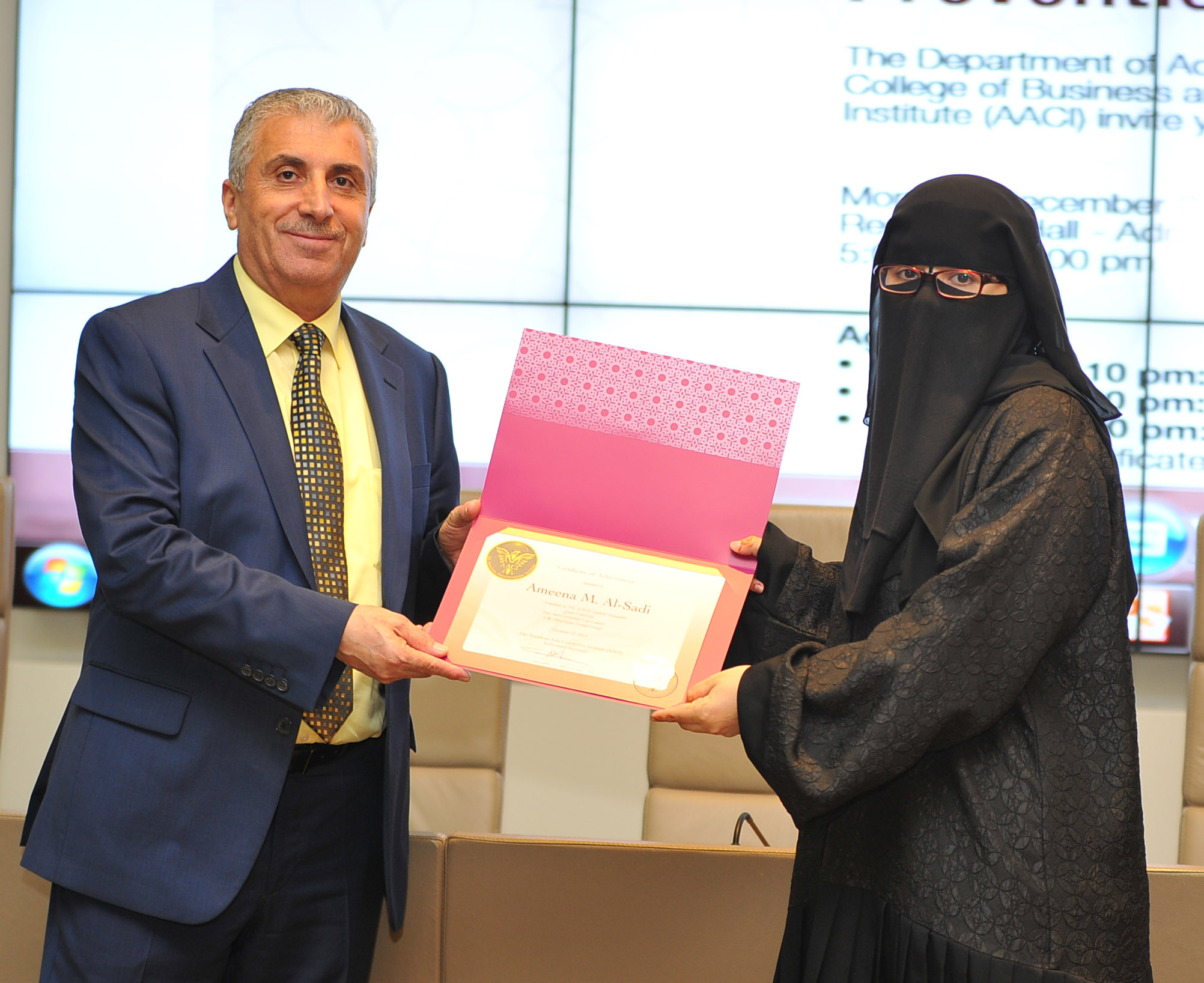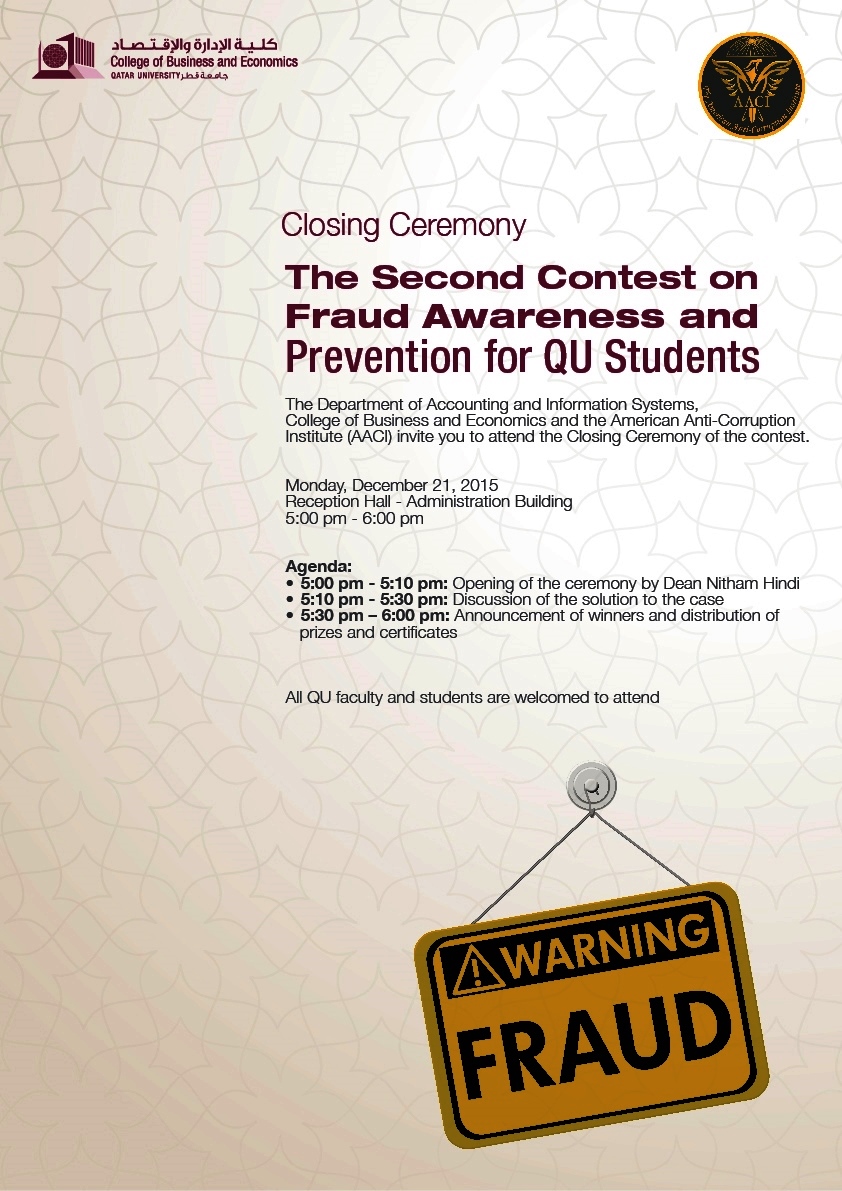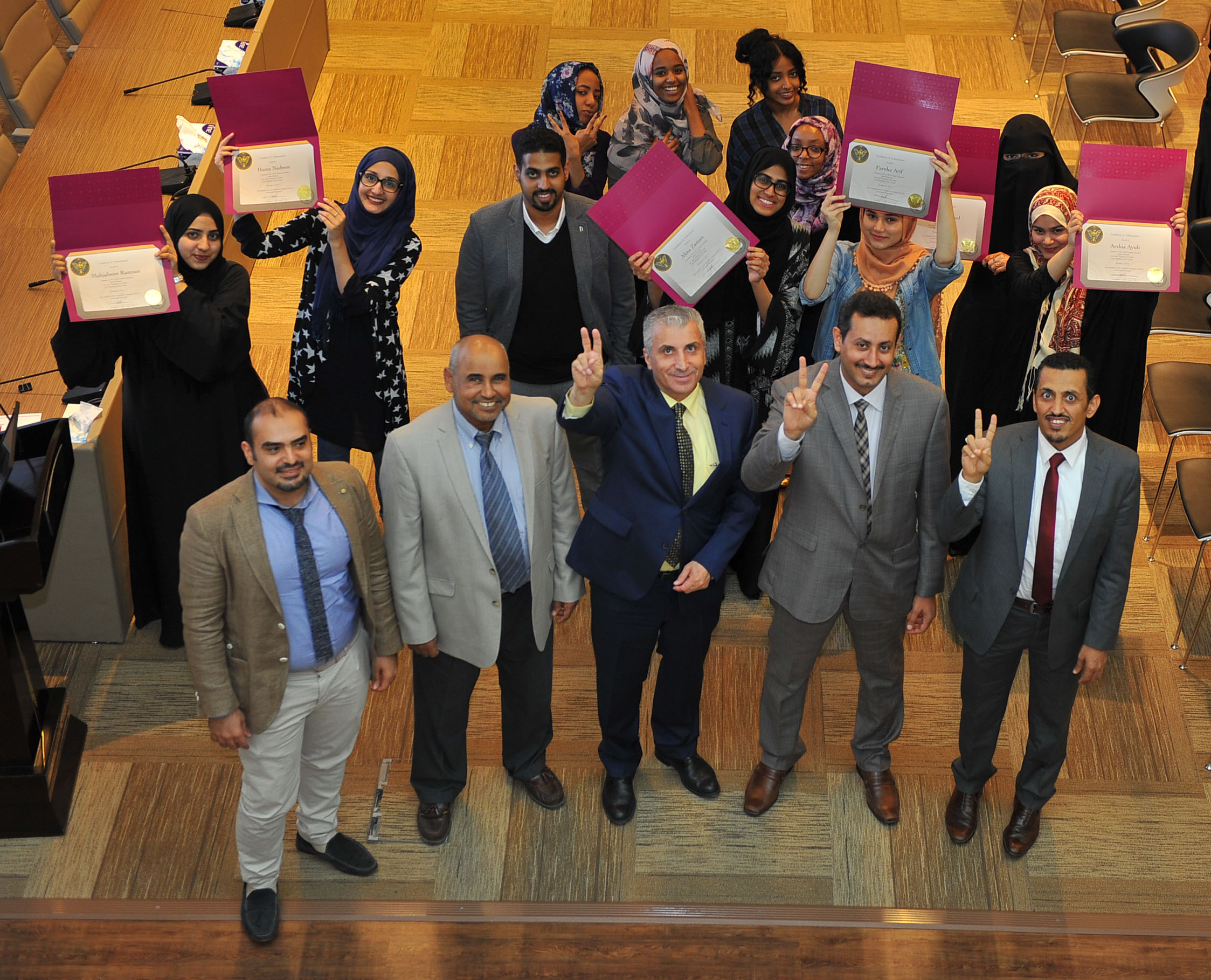August 22, 2022
Technical Staff
COSO defines blockchain as follows:
Blockchain is an append-only ledger, a sequential database maintained by a decentralized network of users responsible for agreeing upon additions to the chain and secured through cryptography. In laymen’s terms, a blockchain is a secure, transparent, irreversible digital ledger shared across participants. It is important to note that many different types of blockchains exist; there is no singular “the blockchain.”1

Blockchain has many benefits, but it also has many drawbacks. Adoption of blockchain technology may be out of the question. As a result, management and those in positions of governance, as well as other stakeholders, must receive appropriate training. Blockchain will have implications for business technology, governance, and internal control. Therefore, The American Anti-Corruption Institute (AACI) added a section titled “Blockchain Technology and Internal Control” to the syllabus of the Certified Anti-Corruption Manager (CACM). 2
Fundamental Challenges
The blockchain is a peer-to-peer technology that allows users to maintain and transfer ownership in an open and totally dispersed manner. The legal implications of transactions conducted and managed in the blockchain have been questioned due to the way independent peers control ownership collectively through a distributed consensus.
In addition to the legal challenges, users’ acceptability is a fundamental challenge for blockchain. Engagement, Knowledge, and education are aspects of user acceptability. It’s absurd to expect people to adopt and trust the blockchain if the technology’s fundamentals aren’t fully grasped. 3
Conclusion
Preventing fraud and corruption is an evolving and complex challenge. It requires vigilant leadership and an effective board to ensure that policies are updated continuously, all employees are well trained, and internal control is effective. In addition, organizations should use proper and adequate technology to lower the risk of fraud and corruption. Organizations should have blockchain at the top of their agenda.
Sources
1. Governance and Internal Control: Blockchain and Internal Control: The COSO Perspective, Committee of Sponsoring Organizations of the Treadway Commission. July 2020, page 4.
2. Exam Unit, “Principles of Fighting Corruption,” in Certified Anti-Corruption Manager (CACM) Review Textbook, 2020 ed. (United States of America: The Exam Unit of The American Anti-Corruption Institute LLC., January 14, 2022) page 97.
3. Ibid, page 106
